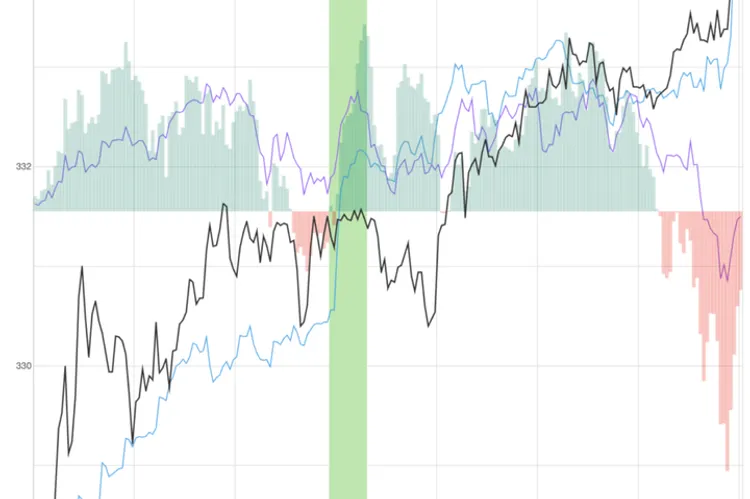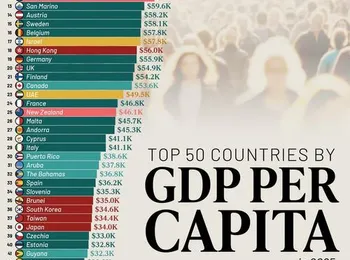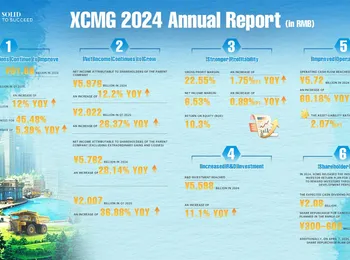Royal Caribbean Cruises (RCL) experienced a notable surge in stock value today, driven by a significant "Power Inflow" event, signaling strong institutional interest and providing valuable insights for traders focused on order flow analytics. This indicator, which analyzes the flow of buy and sell orders, is widely used by sophisticated investors to gauge the direction of institutional investment and identify potential trading opportunities. The Power Inflow occurred at 11:07 AM on July 3rd, with the stock trading at $331.57. This event is particularly relevant for traders who utilize order flow analytics to inform their trading decisions, allowing them to anticipate market movements and capitalize on emerging trends.
Understanding Power Inflows and Order Flow Analytics Order flow analytics, often referred to as transaction or market flow analysis, meticulously examines the volume and timing of buy and sell orders, alongside their size and associated characteristics. This sophisticated approach separates and studies the retail and institutional volume rates of orders, providing a granular view of market dynamics. By analyzing these patterns, traders can discern the true sentiment of the market and identify potential entry and exit points. The Power Inflow signal, specifically, indicates a bullish trend, suggesting that institutional investors are actively buying Royal Caribbean stock, potentially driving the price upward. This event is typically observed within the first two hours of the market open and serves as a key indicator of the day’s overall stock direction, largely fueled by institutional activity.
Interpretation and Trading Implications Trad ers closely monitoring this signal interpret the Power Inflow as a bullish sign, marking a potential entry point for those expecting a continued upward movement in Royal Caribbean’s stock price. However, it's crucial to acknowledge that this indicator alone doesn’t guarantee success. Successful trading requires a comprehensive strategy that incorporates risk management techniques. Traders should prioritize setting realistic profit targets and strategically placed stop-loss orders to mitigate potential losses. Incorporating these measures helps to navigate the inherent volatility of the market, increasing the likelihood of achieving long-term trading objectives. The Power Inflow highlights the importance of understanding where "smart money" is flowing and utilizing this knowledge to refine trading strategies.
Real-Time Data and Resources For those seeking real-time options trades and market data for RCL, Benzinga Pro offers valuable alerts and insights. Benzinga’s market news and data, sourced through APIs and partnerships like Tradepulse.net, provide a comprehensive view of the market landscape. This allows traders to stay informed about the latest developments and make data-driven decisions. The data provided includes firm details and is updated regularly. Specifically, the price at the time of the Power Inflow was $331.57. The returns on the High price ($334.48) and Close price ($334.26) after the Power Inflow are respectively 0.9% and 0.8%. This underlines the importance of a trading plan that includes Profit Targets and Stop Losses that reflect your risk appetite. Past performance is not indicative of future results.
Disclaimer: Benzinga does not provide investment advice. All rights reserved. © 2025 Benzinga.com.
























